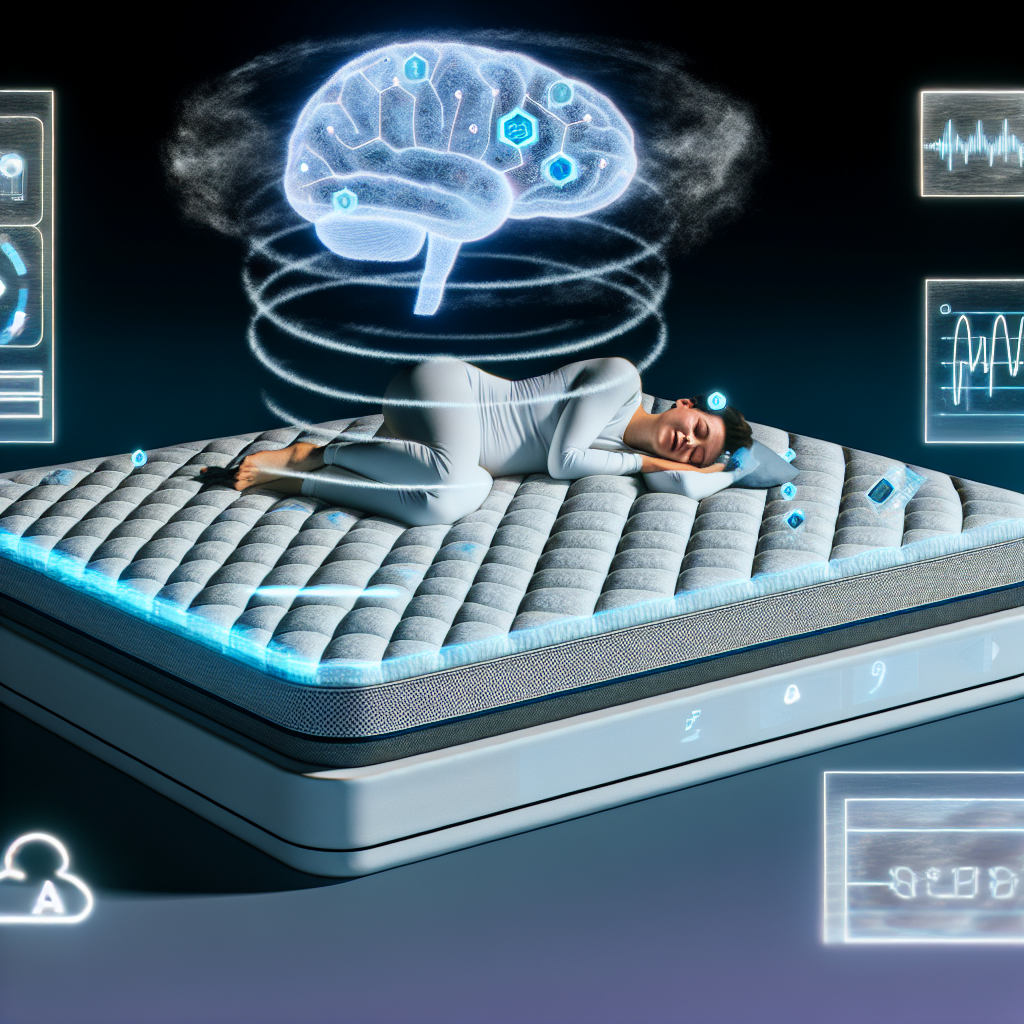A sleep disorder known as sleep apnea causes an individual’s breathing to stop and start repeatedly while sleeping. Sleep apnea can be divided into three primary categories: obstructive sleep apnea (OSA), central sleep apnea (CSA), and mixed sleep apnea.
Obstructive sleep apnea (OSA) is the most prevalent kind of sleep apnea, which occurs when the airway closes during sleep. This condition can be brought on by various circumstances, such as being overweight, having swollen tonsils, or having a restricted airway.
CSA occurs when the brain fails to deliver signals to the muscles that control breathing while the individual is sleeping. Various conditions, such as cardiovascular disease, stroke, and neurological problems, are among the potential causes of this condition.
Obstructive sleep apnea (OSA) and central sleep apnea (CSA) are both types of sleep apnea, but mixed sleep apnea is a syndrome that occurs when an individual has both simultaneously.
Obstructive sleep apnea (OSA) and central sleep apnea (CSA) are both types of sleep apnea, but mixed sleep apnea is a syndrome that occurs when an individual has both simultaneously. If the muscles in the back of the throat cannot keep the airway open while a person is sleeping, they will experience obstructive sleep apnea (OSA), which will cause them to cease breathing for short periods. Conversely, CSA occurs when the brain cannot deliver the right signals to the muscles responsible for breathing. Consequently, this causes a stop in breathing that may continue for a few seconds.
Mixed sleep apnea is a condition in which a person may suffer both types of apnea. It can result in various symptoms, including loud snoring, sudden awakenings, daytime lethargy, headaches, and irritability. The severity of mixed sleep apnea can vary from person to person, and to properly manage the disease, it may be necessary to use a variety of treatments.
Other treatment options may include medication, adjustments to one’s way of life, or surgical procedures.
Continuous positive airway pressure (CPAP) therapy is one of the different treatment options that may be available for mixed sleep apnea. This therapy involves using a mask that provides a continuous flow of air to maintain an open airway while the patient sleeps. Other treatment options may include medication, adjustments to one’s way of life, or surgical procedures, depending on the severity of the problem and the factors contributing to it.
In conclusion, mixed sleep apnea is a complicated illness that calls for meticulous examination and therapy to enhance the quality of sleep and general health. Suppose you have any reason to believe that you may be suffering from mixed sleep apnea. In that case, you must seek medical assistance and investigate the various available treatment options to enhance your quality of life.
Obstructive Sleep Apnea Symptoms
Snoring at a loud volume is the most typical symptom of sleep apnea. Among the other symptoms may be:
Amid sleep, gasping for air
When you wake up, your mouth is dry
Headaches in the morning
Difficulty focusing the mind
Excessive drowsiness during the daytime
Changes in mood
Irritability
Analysis of Sleep Apnea Detection
A sleep study is often used to diagnose sleep apnea. During a sleep study, you are observed throughout the night to monitor your breathing, heart rate, and brain activity.
Sleep studies can be broken down into two categories:
In-lab sleep study: This sleep research is done in a sleep clinic. You will spend the night in a pleasant room, and a sleep technician will watch you.
Home sleep study: This type of sleep research can be carried out at home. You will be given a device to wear overnight to monitor your breathing and other vital signs.
Sleep Apnea Medicine and Treatment
The type of sleep apnea you have and the severity of your problem will determine the optimal treatment for you. Among the most common therapies are:
Alterations to your lifestyle: If you are overweight or obese, decreasing weight may help improve your sleep apnea symptoms. In addition, modifying one’s lifestyle, such as giving up smoking, avoiding alcohol before going to bed, and engaging in regular physical activity, can be beneficial.
Continuous positive airway pressure, sometimes called CPAP: Is a machine that pressurizes the air you breathe in through a mask you wear while you sleep. This air helps to maintain an open airway during sleep.
Oral appliance therapy: You will wear a mouthpiece explicitly created for your therapy. This mouthpiece will assist in maintaining an open airway while you are sleeping.
Surgical intervention: In certain instances, surgical intervention may be required to rectify the underlying cause of sleep apnea.
If you experience any symptoms associated with sleep apnea, you must obtain a diagnosis and treatment from a medical professional. Sleep apnea is a medical disorder that is considered to be dangerous, although it is treatable. By receiving the appropriate treatment, you can enhance the quality of your sleep and lower the likelihood of experiencing major health concerns.

Dominic E. is a passionate filmmaker navigating the exciting intersection of art and science. By day, he delves into the complexities of the human body as a full-time medical writer, meticulously translating intricate medical concepts into accessible and engaging narratives. By night, he explores the boundless realm of cinematic storytelling, crafting narratives that evoke emotion and challenge perspectives.
Film Student and Full-time Medical Writer for ContentVendor.com




